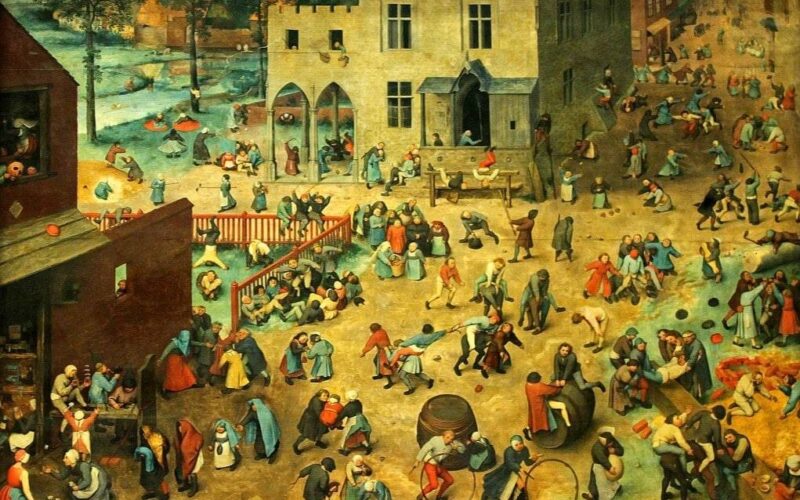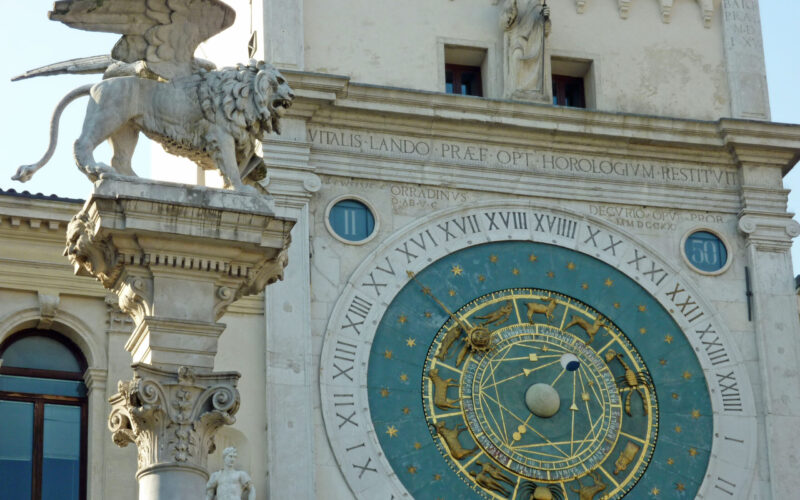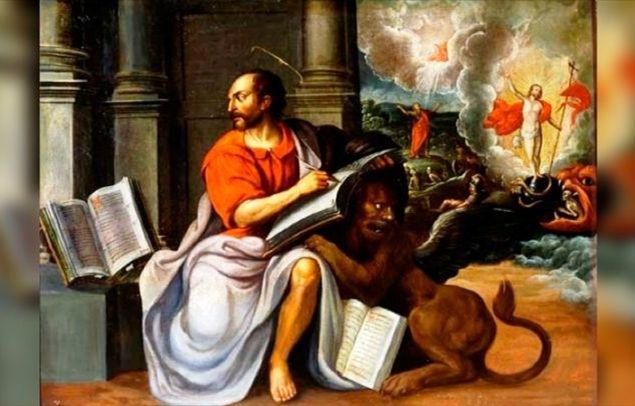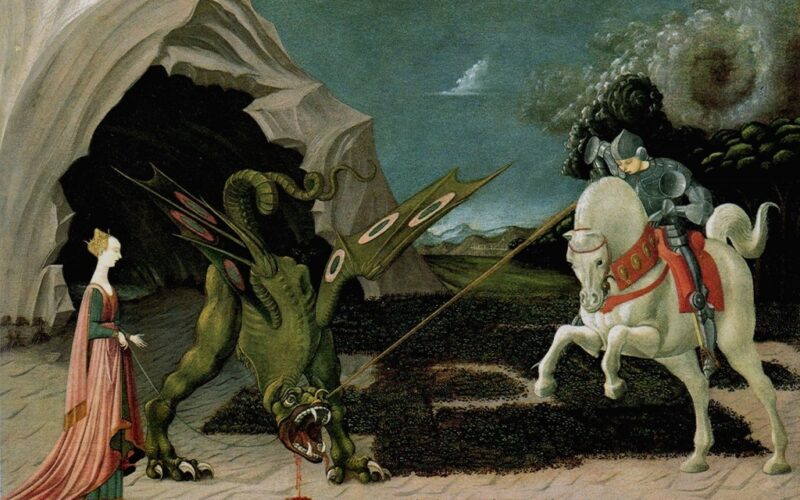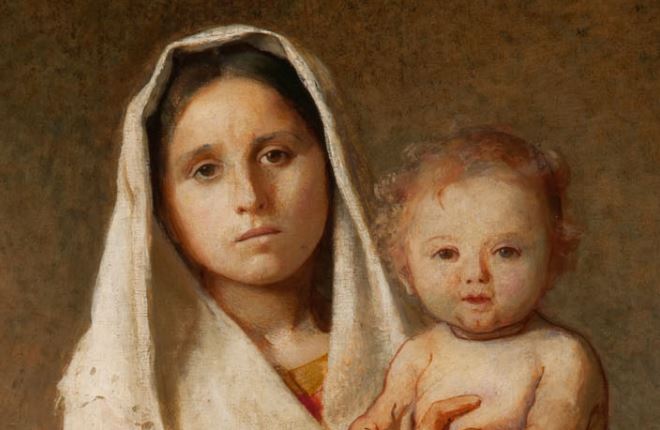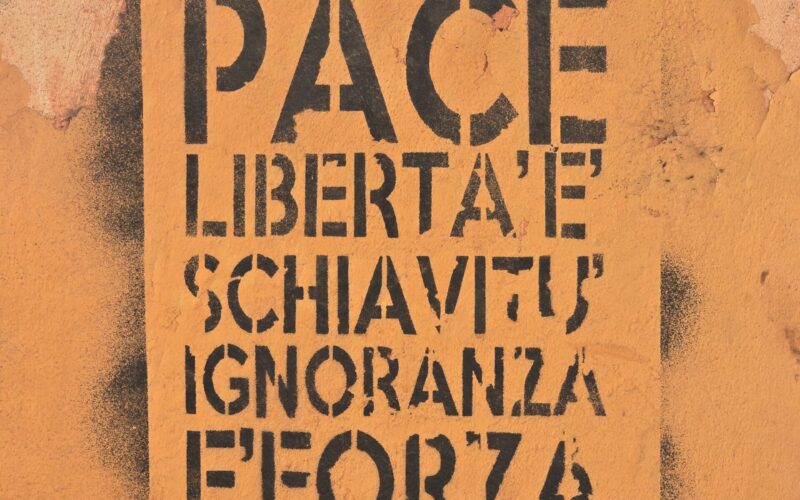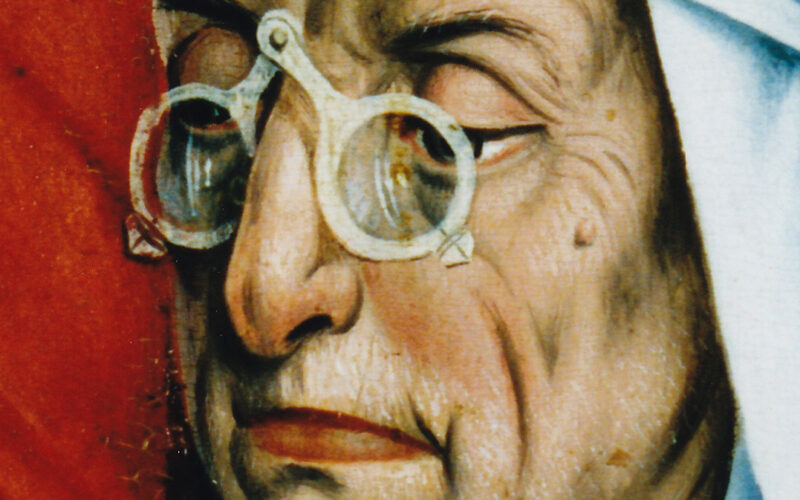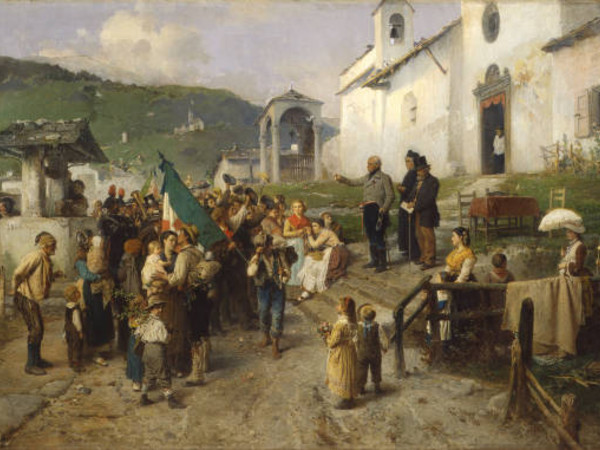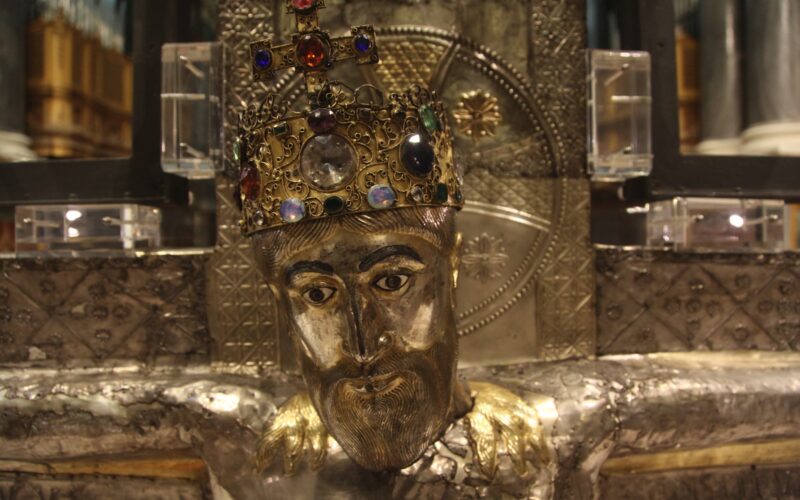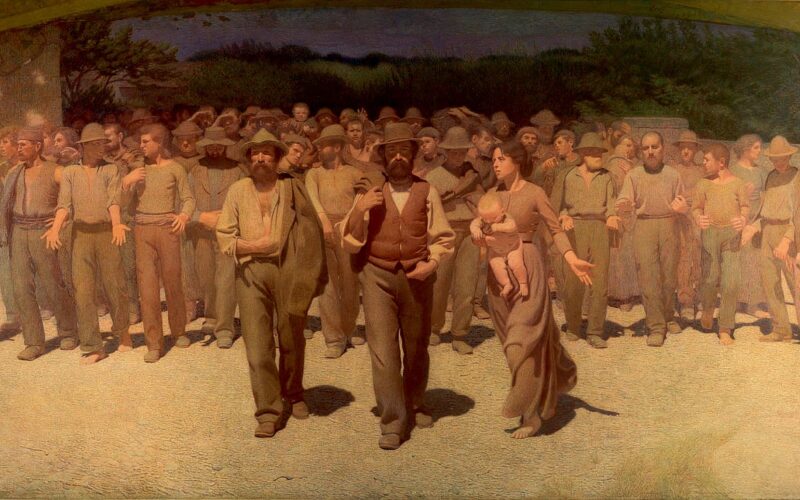
Celebrating Labor Day: The Art and History of Social Justice
Pellizza da Volpedo: Il Quarto Stato (1901, Museo del Novecento, Milano) On May 1st, we not only celebrate a holiday but also honor a powerful symbol of social achievements and workers' rights, evoking vivid images like Giuseppe Pellizza da Volpedo’s painting "The Fourth Estate." This masterpiece has become an icon of the fight for social justice and social painting, a term rooted in the historical movements of Romanticism and later Naturalism.The celebration of Labor Day in Europe was formalized in Paris in 1889 by delegates of the Second International and later introduced in Italy in 1891. However, during the Fascist…

